Timber From 17th-Century Spanish Shipwreck Discovered In Caves Off Oregon’s Coast
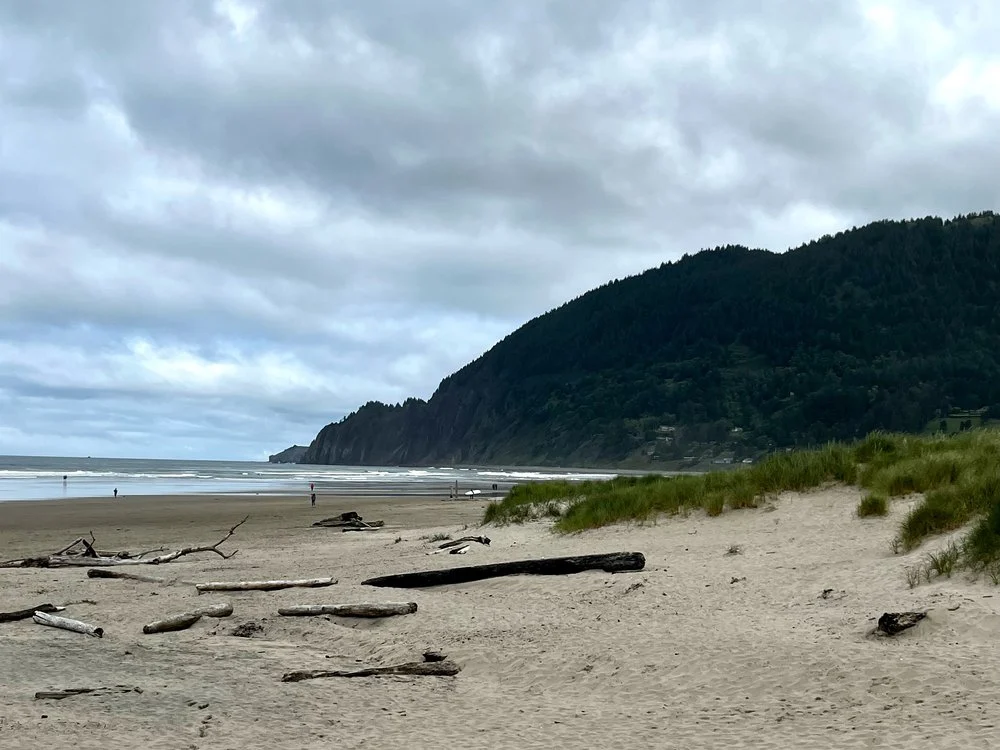
In 1693, the Santo Cristo de Burgos, a Manila galleon loaded with silk, porcelain and beeswax, set sail from the Philippines on a trading expedition to Mexico. But the ship—and its valuable cargo—never reached its destination. Instead, the vessel ended up shipwrecked off the coast of Oregon, becoming one of roughly 3,000 ships lost in the region to date.
Over the next two centuries or so, explorers, merchants, Indigenous peoples, scholars and curious locals alike traded stories about the fabled wreck, which was “occasionally visible” along the Oregon shoreline, according to the Oregon Encyclopedia’s Cameron La Follette. In 1813 or 1814, fur trader Alexander Henry detailed how members of the Clatsop tribe frequently exchanged “lumps of beeswax, fresh out of the sand, which they collect on the coast … where the Spanish ship was cast away some years ago.” The fate of the ship’s crew is unclear, but Indigenous oral histories suggest that some survived the disaster.
Despite widespread interest in the 17th-century ship, tangible evidence of the so-called “Beeswax Wreck” remained elusive until recently.
Last week, reports Kristin Romey for National Geographic, a team spearheaded by the Maritime Archaeological Society (MAS) successfully recovered a dozen timbers from the Santo Cristo de Burgos’ wooden hull.
The find makes the vessel one of only three Manila galleons identified on the North American West Coast, as well as one of just three in the world with surviving wood pieces, per the Oregon Coast Beach Connection.
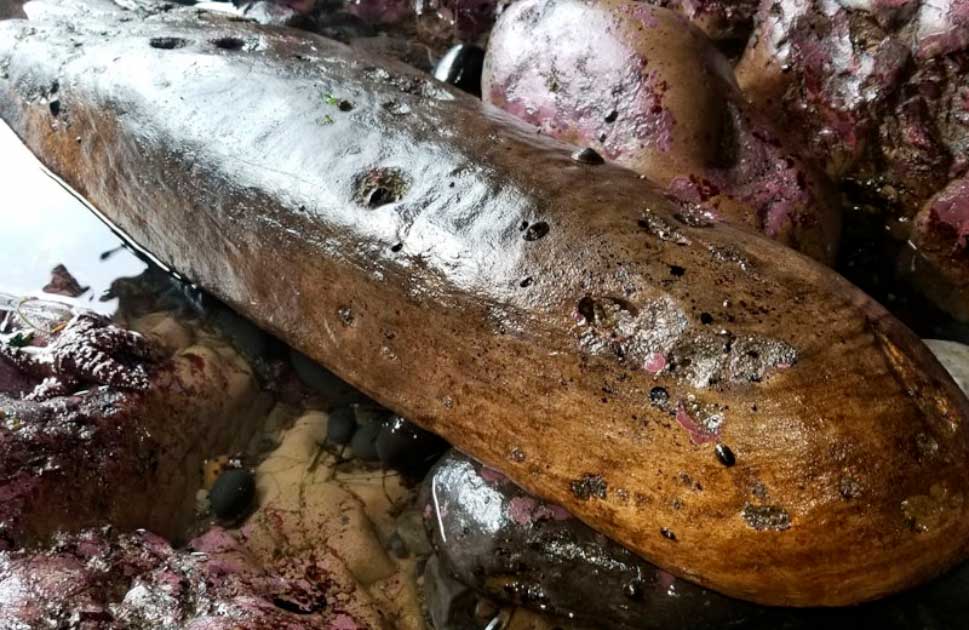
Fisherman Craig Andes brought the hull fragments to society’s attention in early 2020, just before the Covid-19 pandemic. He’d first noticed the pieces of wood while exploring sea caves near the beach town of Manzanita in 2013 but only decided to bring in experts after realizing that the smaller fragments were on the verge of being swept away.
Initially, the MAS team was sceptical of Andes’ discovery.
“I was convinced it was driftwood,” the society’s president, Scott Williams, tells National Geographic. “To think that 300-year-old ship timbers could survive the Oregon coast was just crazy.”
Then, however, testing revealed that the timbers came from an Asian tropical hardwood felled in the mid- to late-17th century—a result that prompted Williams and his colleagues to take a closer look at the caves. They confirmed Andes’ suspicions that summer but were unable to retrieve the pieces, as the caves are only accessible via water or a dangerous rock scramble.
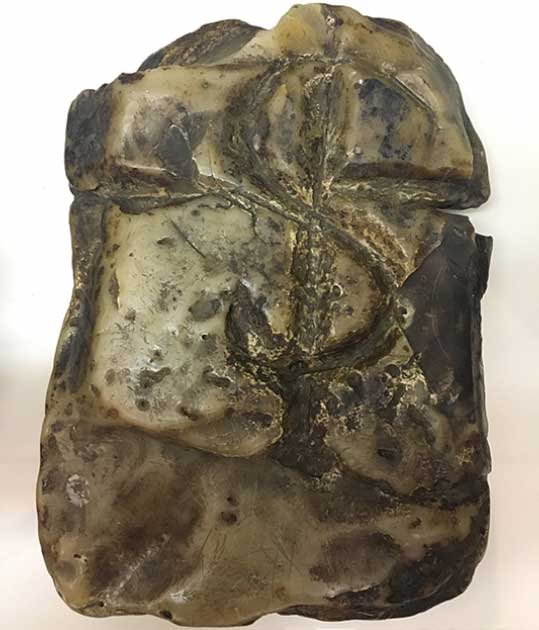
Thanks to weather- and Covid-related delays, the official recovery mission—funded in part by the National Geographic Society—didn’t take place until June 13. MAS archaeologists, staff from cultural resource management firm SEARCH Inc., and representatives of the Oregon Parks and Recreation Department and local sheriff’s offices secured the timbers in just 90 minutes, wrapping up the expedition before high tide.
“The last few timbers, I ended up staying behind to get those bundled up so I had to swim out to the jet ski because I got trapped where I couldn’t get out any other way,” archaeologist Stacy Scott tells KPTV Fox 12 Oregon.
According to a separate Oregon Coast Beach Connection report, the Santo Cristo de Burgos likely ran aground in shallow water, which rarely preserves shipwrecks. But storms and a massive tsunami in 1700 scattered pieces of the wreck, perhaps depositing the newly recovered timbers into the sea caves. Other possible explanations for the fragments’ improbable survival include the cold, less salty conditions of Oregon’s North Coast and shifting sands that buried and shielded the timbers, writes the Astorian’s Katie Frankowicz.
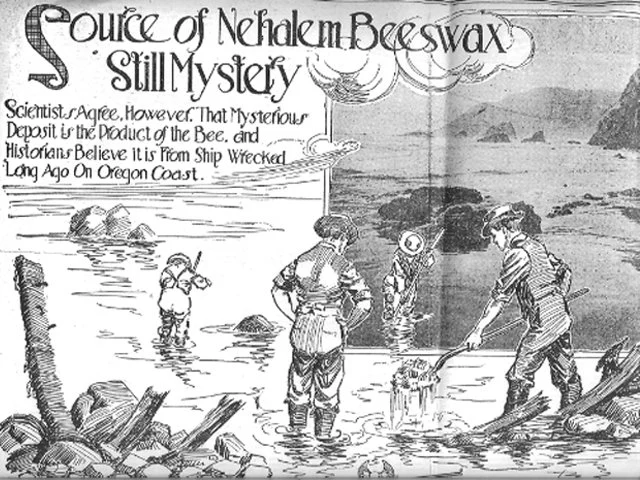
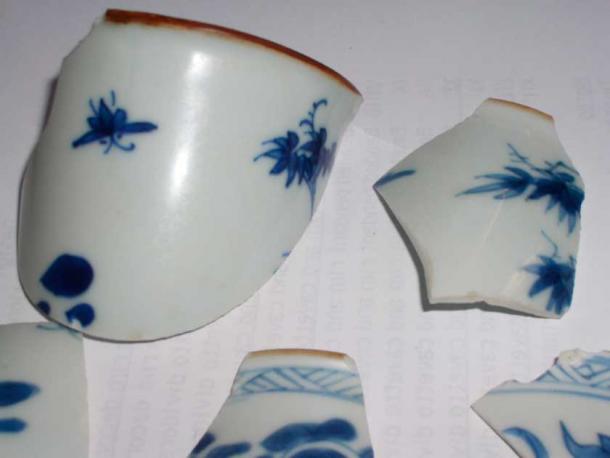
In the decades following the shipwreck, objects from the vessel washed ashore, fueling rumours of the enigmatic wreck’s existence. Per a timeline compiled by MAS, the flow of beeswax tapered off in the late 1860s, with an 85-pound chunk discovered in 1894 deemed “the largest piece found in 20 years.” Though locals at one point disagreed whether the wax was natural or came from a shipwreck, by 1920, most appeared to accept the latter scenario.
During the 20th century, the Beeswax Wreck became the stuff of local legend, spawning stories of buried treasure and perhaps even inspiring Steven Spielberg’s 1985 film The Goonies. Continued interest in the ship led to the launch of the Beeswax Wreck Project in 2006 and MAS’ formation in 2015.
Though the wooden pieces are a significant find, Williams tells the Astorian that archaeologists “haven’t found what we would call ‘The Wreck.’ We don’t know if something like ‘The Wreck’ exists.” Pieces of the galleon’s lower hull could still be hidden nearby; the team hopes to recover additional hull fragments from other caves in the near future.
“Will this answer big questions? Probably not,” says marine archaeologist James Delgado to the Astorian. “But it’s another step in a process that could potentially lead to further discovery.”





